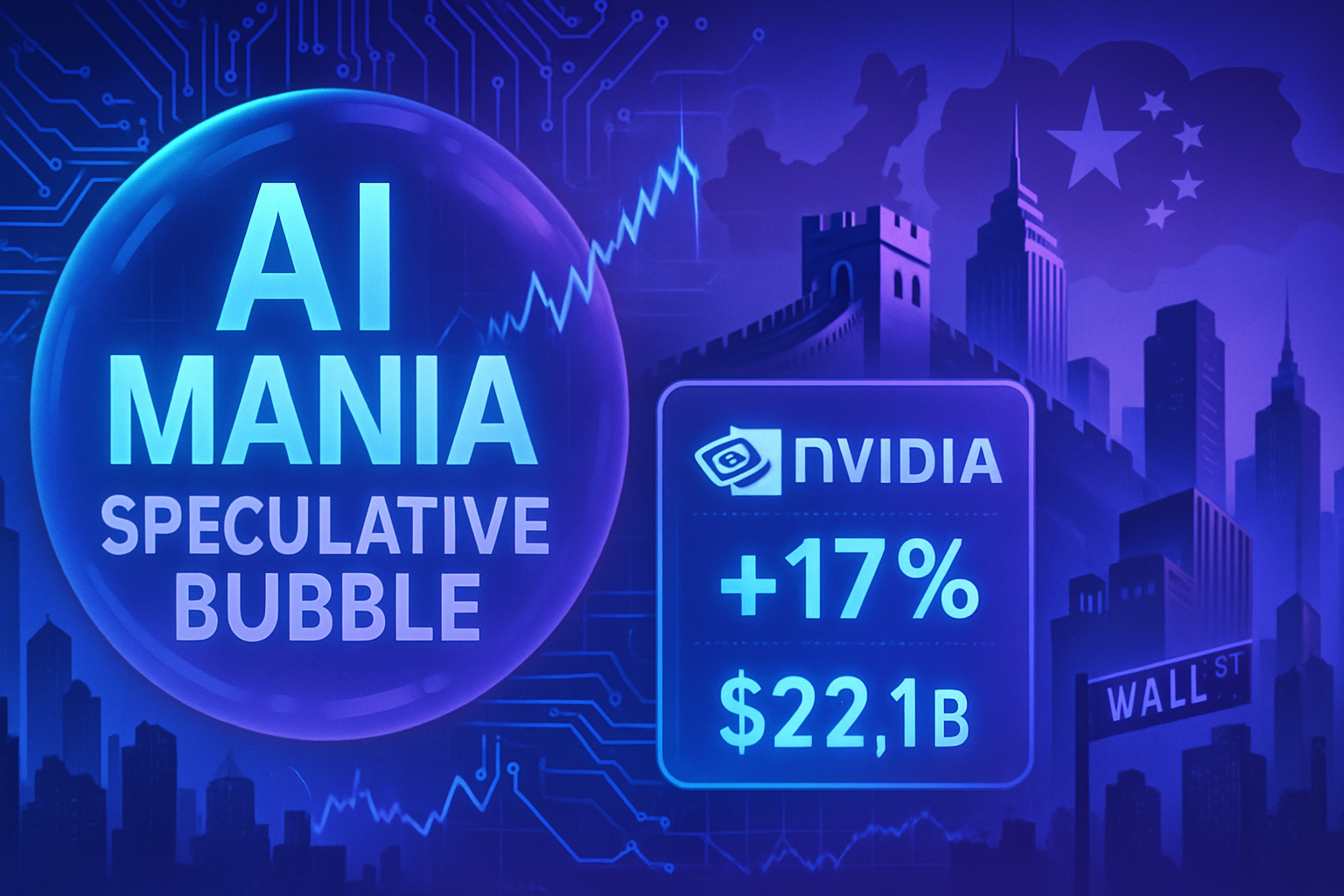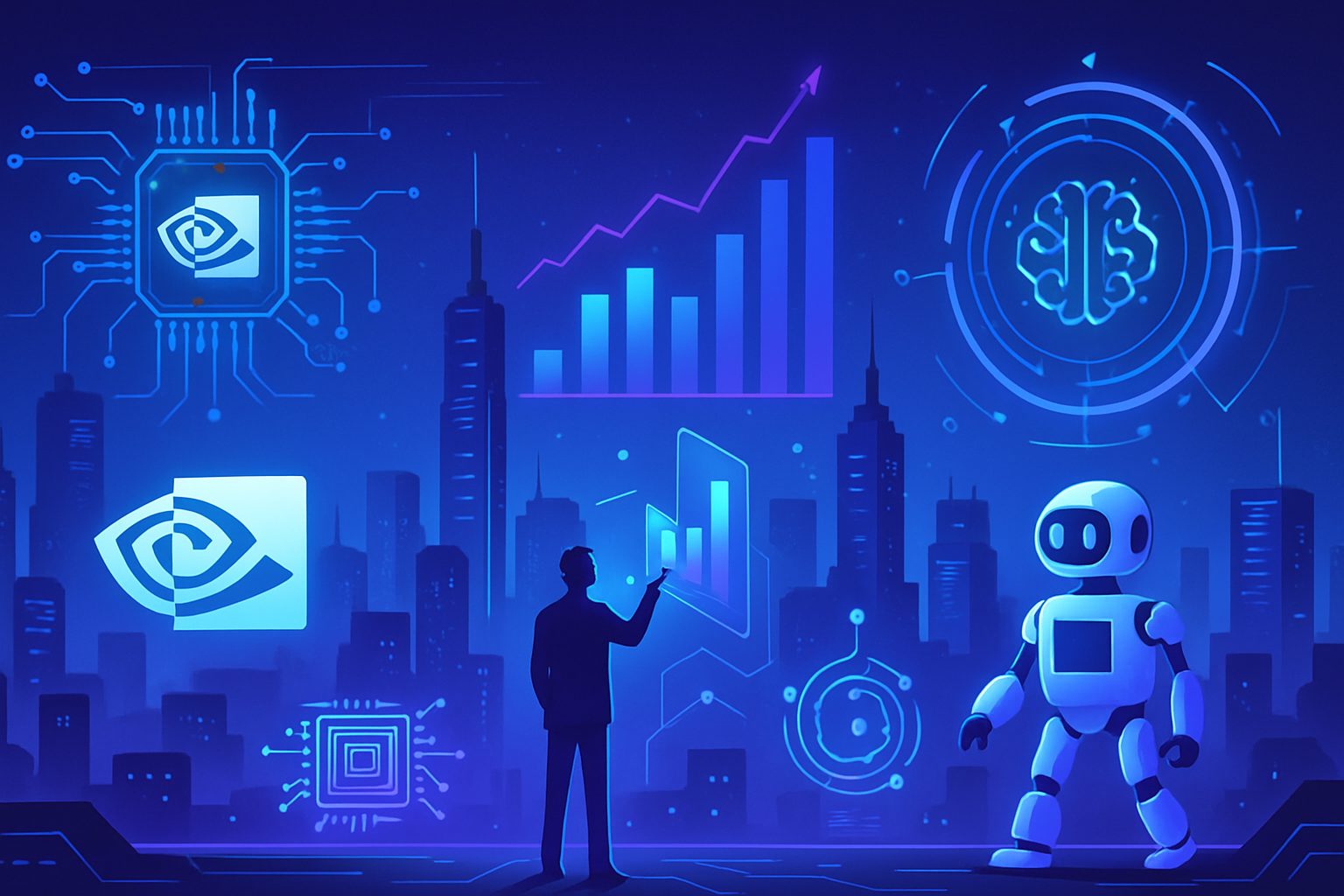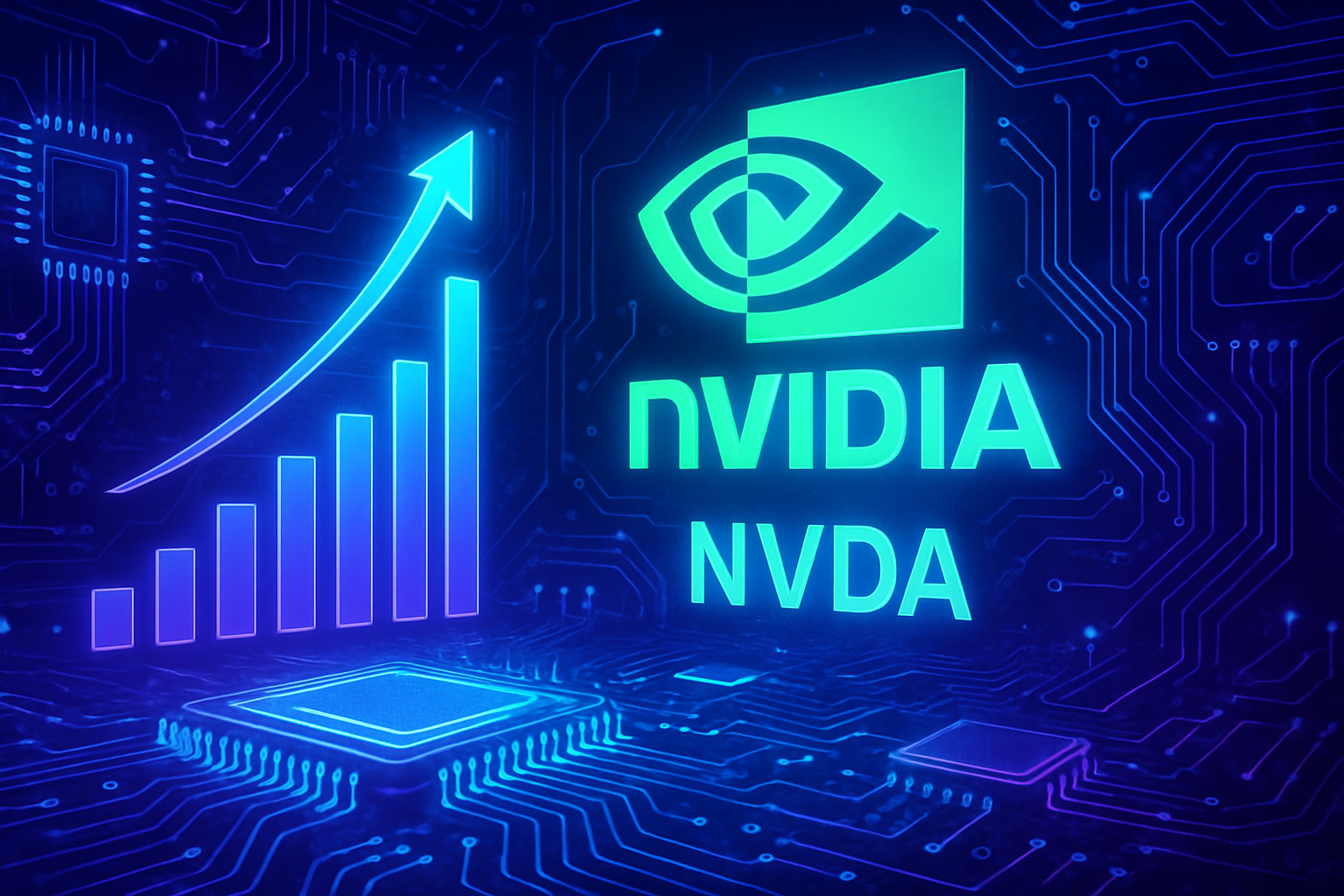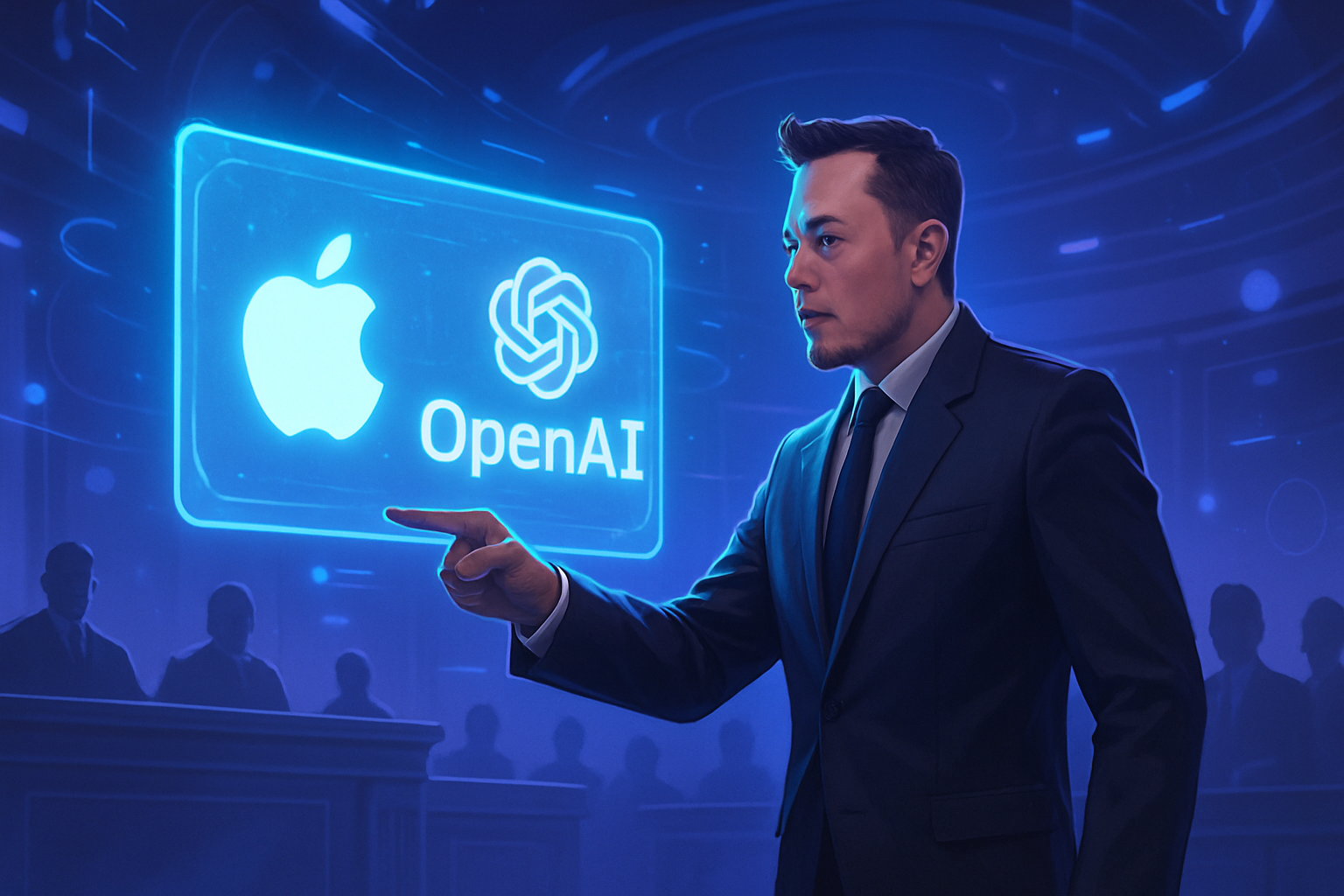Innovation in artificial intelligence shakes up established paradigms, particularly in the field of machine vision. Neuromorphic systems are emerging as unparalleled solutions, capable of analyzing environments under extreme lighting conditions. This technological advancement reformulates the way machines perceive their environment, thus redefining human-machine interaction.
The potential of these systems is explained by their biology-inspired structure, allowing for precise object detection even in complex situations. Applications range from drones to autonomous robots, demonstrating unprecedented agility. With enhanced perception, the reliability of AI systems is strengthened, propelling these technologies towards previously unexplored horizons.
Advances in machine vision
A new neuromorphic system transforms machine vision, offering revolutionary performance in extreme lighting conditions. The introduction of neural network models allows machines to detect and analyze objects with unmatched precision, even when brightness is low or uneven. This advancement addresses specific needs in areas such as surveillance, autonomous vehicles, and robotic assistance.
Neuromorphic technology
The concept of neuromorphic computing relies on imitating the structures and functions of neural networks in the human brain. These adaptive systems surpass traditional approaches by offering qualities of agility and scalability. This results in a more efficient processing of visual data, enabling machines to react quickly to changes in their environment.
Enhanced performance in complex environments
The development of this system allows for smooth and precise navigation in challenging environments. The algorithms it employs have been specifically designed to adapt to varying lighting conditions, thus maximizing the responsiveness of autonomous devices. For example, drones equipped with this technology can detect obstacles during flights in urban areas at night, where light levels are often insufficient.
Applications and impacts
The potential applications of this innovation are vast. In the security sector, these systems enable monitoring of expanded spaces while ensuring reliable identity recognition, even in low-light environments. Assistance robots, integrating these neural networks, can interact more effectively with users while navigating safely in complex spaces.
Evolution of learning algorithms
New machine learning algorithms play a major role in this transformation. By integrating decoding and image refinement techniques based on neural networks, each step of object detection becomes more accurate. This integrated approach promises to offer comprehensive solutions to long-studied problems in the field of machine vision.
Future perspectives
As the technology sector continues to evolve rapidly, energy-efficient phosphors and hybrid architectures may emerge. These innovations herald more sustainable machine vision systems, contributing to reducing the carbon footprint of artificial intelligence devices. Experts predict that this technology will enable a transition towards intelligent solutions tailored to specific needs across various sectors.
Talent and research
The need for a skilled and trained workforce remains essential. Education in neuromorphic computing and robotics must intensify, cultivating new talents capable of meeting these technological challenges. Academic institutions and companies are investing heavily in research to fuel this innovation dynamic and remain competitive in the global market.
Interdisciplinary collaboration
The contributions from various fields, such as neuroscience, computer science, and engineering, play a key role in these advancements. The synergy between these disciplines fosters the development of innovative applications, transforming the way machines interact with their environment. This also opens interesting perspectives for creating more effective security systems.
Frequently asked questions about neuromorphic systems and machine vision
What is a neuromorphic system and how does it improve machine vision?
A neuromorphic system mimics the functioning of the human brain to process information. By drawing inspiration from neural structure, it enables machines to detect and analyze objects more effectively, even in extreme lighting conditions.
How do neuromorphic systems operate in low-light environments?
These systems use advanced neural networks that are capable of processing images and extracting relevant features, even when there is little light. This allows them to operate efficiently in scenarios where traditional technologies would fail.
What are the main advantages of neuromorphic systems for machine vision?
The main advantages include better adaptation to lighting variations, autonomous learning capability, and reduced energy consumption, which is essential for real-time applications.
Can neuromorphic systems be applied to other fields?
Yes, in addition to machine vision, these systems can be used in various fields such as robotics, cybersecurity, and data processing, where quick and accurate decisions are needed.
What are the differences between traditional machine vision and that based on neuromorphic systems?
While traditional machine vision often relies on static algorithms and image processing procedures, neuromorphic systems integrate a brain-inspired approach that allows for better flexibility and efficiency across a wide range of conditions.
How do neuromorphic systems improve image analysis in difficult conditions?
Thanks to their ability to simulate cognitive processes, these systems can filter out noise and focus their attention on specific areas of the image, enhancing object recognition in challenging environments.
What types of applications benefit from the integration of neuromorphic systems in machine vision?
Applications such as security surveillance, autonomous driving, and assistance for disabled individuals can benefit from this technology, as it enables improved performance under varied conditions.






